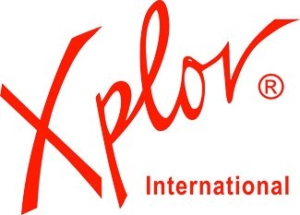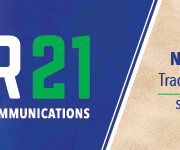Why is it so difficult to switch to digital?
Submitted by Alexandra Truchot, Content Creation Specialist for Objectif Lune.
July 20, 2016
According to IDC, a market research firm, by the end of 2017, two-thirds of the 2000 largest companies (ranked by Forbes magazine) will have digital transformation at the centre of their corporate strategy. Most already see digital transformation as a must. Moreover, 55% of those organizations feel the urgency to act within the year, at the risk of falling behind their competitors.
However, few of them have already completed the conversion. In fact, some have hardly begun.
That’s because switching to digital is no easy task, and here are the three main reasons.
Lack of flexibility in terms of communication
You have to be responsive in your communications in order to keep your customers. And to be responsive, you need to be able to easily and quickly change the documents you send them, based on their purchase history, geographic area, or even your current marketing campaigns.
You also need to be able to send those same documents digitally (email, web portal, EDI transactions, etc.)
Nonetheless, InfoTrends estimates that it takes an average of three months to make small changes to document templates, and twice as long (seven months!) to make major changes. Some examples of small changes to document templates include updating a company’s logo or a signature, or changing small segments of a text or paragraph. Major changes include completely re-doing the template, including the style, messages and branding.
An aging architecture
Do you sometimes feel trapped by your rigid systems that never seem suited to your organization’s changing needs?
Older systems rarely provide interactive or digital features, because they were designed long before the Internet played such a huge role in business.
For example, the inflexibility of many ERP systems complicates and slows down document updating processes. ERP systems don’t allow you to take into account the new trends in managing customer communications (modern graphics, Internet and HTML use). It gets very costly to make changes directly and requires setting up long-term projects, involving the cooperation of several departments in an organization (IT, operations, and finance).
Managing data from a number of sources
Over the years, a company puts many systems in place to meet the business needs of its various departments. The company ends up with several systems from different eras that often don’t interact well with one another. It would be quite costly to replace all of them for the purposes of data exchange.
Workers have often get into the habit of directly printing documents from each system to collect the information they need. What a waste of time and money when it would have been easier if the systems exchanged data automatically.
Not only do you need a middleware system that allows you to bridge the gap between your systems and retrieve the data you need, but you’ll also want to easily convert and standardize the data moving between systems, if necessary.
 Alexandra Truchot – Content creation specialist with Objectif Lune. Writer and compulsive reader. Eager for unknown destinations and exciting encounters. Anything is possible, you just have to believe it. Connect with her on LinkedIn.
Alexandra Truchot – Content creation specialist with Objectif Lune. Writer and compulsive reader. Eager for unknown destinations and exciting encounters. Anything is possible, you just have to believe it. Connect with her on LinkedIn.
Objectif Lune has 20 years of experience developing Customer Communications Management solutions. Our solutions bridge the gap between systems and automate more personalized, relevant, multichannel customer communications. Learn more at: www.objectiflune.com.







